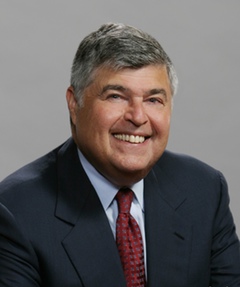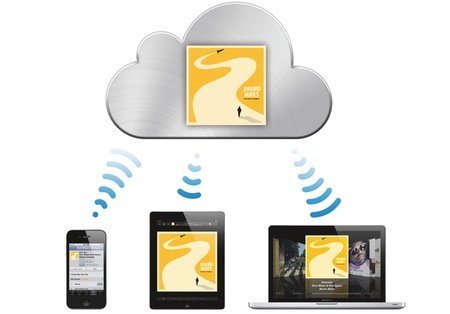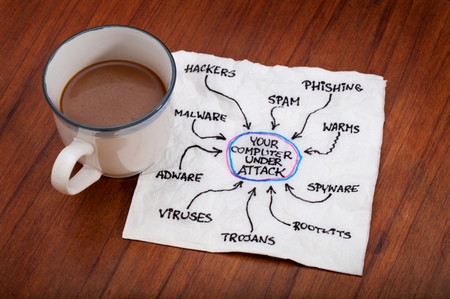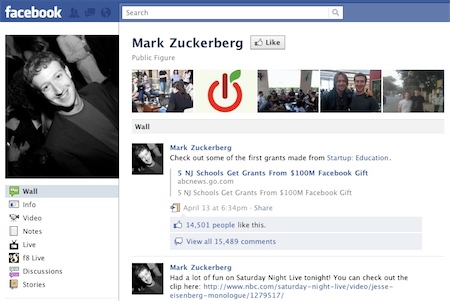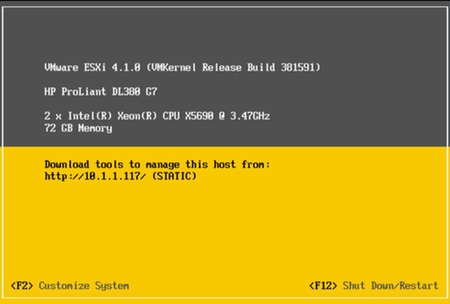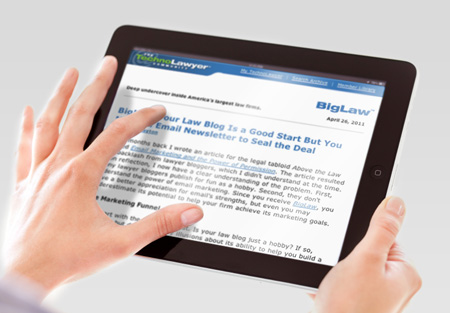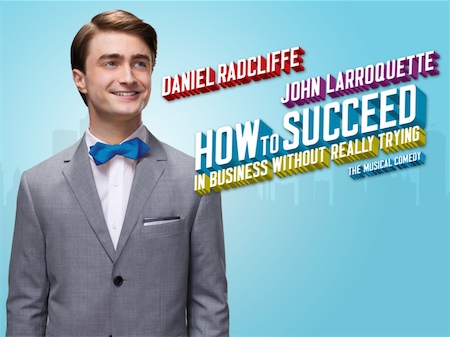Originally published on June 21, 2011 in our free BigLaw newsletter. Instead of reading BigLaw here after the fact, sign up now to receive future issues in realtime.
Lawyers never rise from working in the mailroom to running the law firm — at least not without a three-year leave of absence to attend law school. But Horatio Alger stories exist in our profession. And they're just as inspiring because very few lawyers rise to the pinnacle of the world's largest law firms.
Jack Nusbaum not only achieved this feat, but then bypassed rival law firms one by one on a meteoric climb up the AmLaw 200 during his 22 years at the helm of Willkie Farr & Gallagher.
Like just about everyone reading this newsletter, Nusbaum became an associate after law school. But his career path quickly diverged from the norm as he became a partner just five years later. A gifted lawyer, manager, and rainmaker (the legal profession's equivalent of a triple double), Nusbaum cultivated important clients, worked on matters of great significance, and found himself appointed chairman of Willkie in 1987.
It's never easy to manage but it's certainly easier when times are good. Willkie emerged from the 2008-09 recession relatively unscathed while many of its peers endured a bloodbath the likes of which the legal profession had never experienced. Indeed, some large firms continue to struggle to this day. In January 2010, the New York Law Journal reported that Willkie "had avoided the layoffs and associate deferrals that have stung other firms." The article credits Nusbaum with a diversification strategy he began putting into place after the legal profession's second worst recession in the early 1990s.
Accordingly, we asked Nusbaum if he might share his observations about the large firm world and the most salient management lessons he accumulated over the course of his tenure as chairman. He accepted our invitation. Read and heed BigLaw subscribers.
Get a Head Start and Seize Opportunities
While Nusbaum spent many years at the top of a legal powerhouse, he is strikingly modest about his own accomplishments, including his startlingly fast rise to partnership. But how exactly did he achieve that feat? I had to ask.
By the time Nusbaum graduated from law school (an event, he jokes, that pre-dates the invention of the automobile), he had already worked at Willkie for three years — though not in the mailroom. He was working as a fiduciary accountant at the firm, planning to attend school at night and eventually work at a large accounting firm. When a partner suggested that he instead attend law school during the day, and design his work schedule around classes, Nusbaum agreed.
He attended Columbia Law School while working flexible hours at the firm. The lawyers for whom he worked — as an accountant — took notice, and began asking him to take on matters outside the realm of accounting. Before long, Nusbaum was a de facto junior associate. "I had a head start at practicing," he says modestly, recalling how even as a junior member of the firm, he would receive an assignment along with instructions to "get a younger lawyer" to assist him.
There's No Substitute for Face Time With Clients
In 1987 when a senior partner left the firm, Nusbaum took over as its chairman. "The most difficult time was the beginning," he says, noting that "Willkie Farr was a very nervous firm" when he ascended to its leadership. One departing partner had taken a great deal of business with him, and the firm's biggest client, Shearson Lehman, was in the process of "imploding."
How did Nusbaum approach the task at hand? "The real key to holding the firm together," he realized, "was holding the clients together." Nusbaum attributes his ability to do this in part to luck, but also to his instinct for inspiring confidence. Nusbaum felt that top clients had good reason to stay with the firm, and recalls how he went about personally visiting each of them to convince them that the service for which Willkie was known would not diminish despite personnel changes. His outreach to clients worked.
Leadership Requires Moral Authority
Nusbaum does not have to think long or hard about what makes a managing partner successful. "The most important element," he says, "is moral authority."
Why is moral authority the most essential arrow in the managing partner's quiver? Among other things, he explains, a partner at the top of a horizontal organization like a law firm is first among his peers, and lacks the dictatorial power (or, as Nusbaum more diplomatically phrases it, the "real authority") to force his partners to do much of anything. That's especially true at a firm like Willkie with luminaries such as former New York Governor Mario Cuomo among its ranks. There are no Steve Jobs in the legal world.
"Lawyers tend to be Type A personalities," says Nusbaum, "and Type A personalities tend to approach things with a certain degree of skepticism. To get law firm partners with skeptical, Type A personalities to accept decisions, you need to establish moral authority."
No easy prescription exists for acquiring such gravitas, but Nusbaum equates moral authority and credibility in a manner of speaking. "You have to be good at what your partners do," he explains. "That means not only being a talented, well-respected lawyer," but it also requires that you "understand what they do," so that they feel you have thoroughly considered the decisions that affect them.
That sounds reasonable enough, but it must have been challenging at a large firm like Willkie given its many practice groups, right? Not for Nusbaum whose background lies in transactional work, including mergers and acquisitions.
"The difference between the disciplines is highly overrated," he says. His belief is that if a lawyer is "good in one practice area, he or she can be good at another." The common denominator among the practice areas is having the ability to "figure out issues, and being skilled at persuasion," Nusbaum posits. "Whether you're using those skills to communicate with a judge, with opposing counsel, or with your peers," he adds, "is irrelevant."
What General Counsel Really Want
In response to the often-posed question of whether clients hire firms or lawyers, Nusbaum responds, with a laugh, "Yes."
"As legal practice grows more specialized," he explains, clients are drawn to hire lawyers with established expertise in a particular practice area. This tendency reflects the growing power of general counsel who don't want to be criticized for failing to find the best lawyer for the job.
But, he observes, while "at the end of the day, it starts with a particular lawyer, it doesn't end there." The best lawyer, he explains, is often the one with the best team. "If an excellent lawyer is with a major firm, it gives clients a comfort level" that is invaluable.
The Changing Landscape of Large Law Firms
After more than four decades as a large firm insider, Nusbaum is uniquely qualified to assess the ways in which our world has changed. Among the most pronounced trends he identifies is the evolution of law as a business — fueled in his opinion by American Lawyer's rankings, changing client expectations, and the rising prominence of general counsel.
Nusbaum explains that corporate bosses used to hire a law firm themselves. A company's general counsel simply did not occupy the role they do today. But, in recent years, "more highly qualified lawyers became GCs, and they are much, much more discerning than the average boss." One result of this development is the diminution if not outright disappearance of client loyalty and therefore, the need to practice in a way that reflects the intense competition in the legal marketplace.
While older colleagues may "grumble" about this shift in power, and long for the days of the "relationship partner," Nusbaum looks on the bright side. He points to the efficiencies made possible by better technology. "It gives us an ability to practice law at a speed that simply wasn't possible before," he says, and with a greater degree of thoroughness.
His enthusiasm, however, comes with a caveat. "Technology places a much greater burden on the older generation to train new lawyers, and make sure they understand the concepts they're dealing with," Nusbaum warns. While technology facilitates research, document drafting, and communication with clients, Nusbaum is insistent about the critical role of training.
"We don't want young lawyers who are just mechanics, but don't know how to drive the car," he says. "Technology allows us, on one hand, to practice without the fear that you've missed something, whether it's a typo or a case." On the other hand, he continues, young lawyers need training and judgment to use these tools effectively.
Knowledge Is a Journey
As I wrap up my interview, Nusbaum has some additional words of wisdom.
First, lawyers — junior, senior, young, old — would do well to realize that you'll never know it all. Although some practitioners complain about the need for CLE, Nusbaum views it as a positive requirement, which "forces you to constantly re-learn your trade." Moreover, he adds, "it forces you to teach young lawyers, which is a service to both the person learning and the people being taught."
Second, lawyers should never underestimate the importance of watching others, whether by sitting in the boardroom or the courtroom. He describes the doggedness with which he watched his mentors, and how much he learned by observing their interactions with clients, their personal styles, and the arguments they made — or didn't make.
And, as one who had valuable mentors, Nusbaum believes in the power of inter-generational teaching. "There's an old saying that 'the fish rots from the head,'" he says. "Don't ask me how it gets done, but it gets done — the knowledge gets passed on from generation to generation." Otherwise, firms like Willkie would not survive.
Sometimes, the process of teaching and learning is easy to identify. For example, Nusbaum says, "the best mentors are those who will sit down with a brief or a contract, go through it with care, and explain what's good and bad about it." Of course, he adds, "this is not entirely selfless because you, as the mentor, will be working with this person again."
Other times, the process of passing on knowledge, values, and professional skill may be more abstract. The higher-than-average rates of attorney retention at Willkie may be one such example. Nusbaum describes the firm as one that has always inspired loyalty among its ranks. "I've been here for forty-plus years," he says, "and the attorneys who are running the firm now were summer associates."
What's the secret? He pauses, before answering with characteristic firmness. "Giving people the opportunity to do stimulating, economically rewarding, good work," he says, and then adds, "We intensely foster the desire to make this a home for life." For Nusbaum, at least, there's no place like home.
How to Receive BigLaw
Many large firms have good reputations for their work and bad reputations as places to work. Why? Answering this question requires digging up some dirt, but we do with the best of intentions. Published first via email newsletter and later here on our blog, BigLaw analyzes the business practices, marketing strategies, and technologies used by the country's biggest law firms in an effort to unearth best and worst practices. The BigLaw newsletter is free so don't miss the next issue. Please subscribe now.










